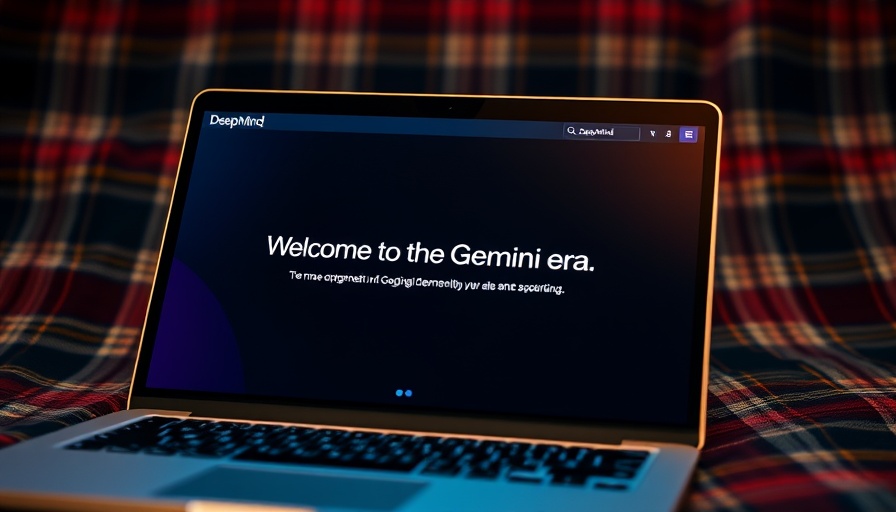
Google’s DeepMind Team: A Call for Collective Action
In a significant move that highlights growing labor movements within tech companies, approximately 300 employees from Google’s UK-based DeepMind division have initiated a unionization effort with the Communication Workers Union. This decision follows a wave of discontent regarding Google's strategic direction in artificial intelligence, particularly concerning ethical considerations in military applications. With a total workforce of about 2,000 in the UK, the call for union representation signals a deeper unrest among staff regarding company policies and practices.
Uncovering the Discontent
At the heart of this movement lies a specific grievance: Google’s recent decision to revoke a commitment not to engage AI technologies for military and surveillance purposes has stirred outrage. Workers perceive this shift not only as a betrayal but also as a moral failure considering the implications for human rights and global security. Additionally, the company's partnerships with entities such as the Israeli military, exemplified by a staggering $1.2 billion cloud contract, have further fueled protests among employees frustrated by the perceived prioritization of profit over ethical standards.
Employee Perspectives and the Fallout
Sources within the organization have indicated that some DeepMind employees feel "duped" by these policy changes, reflecting a broader sense of disillusionment with corporate governance. Reports suggest that this discontent has already led to the resignations of at least five staff members, pointing to a critical tipping point within the workforce. This sentiment resonates with a recent history of labor organization at Google, where earlier efforts by around 200 employees also sought union representation, albeit on a smaller scale.
The Broader Context of Tech Labor Movements
This development is not isolated within DeepMind; it fits into a wider pattern of unionization efforts in tech giants. As technology intertwines more deeply with daily life and ethical concerns, workers across the industry are increasingly banding together to assert their rights and influence corporate policies. From Amazon warehouse workers to Starbucks baristas, there is a growing recognition of the need for collective bargaining power among employees in sectors traditionally resistant to union representation.
Implications for the Future of AI Development
The unionization of the DeepMind team could have significant implications for how AI technologies are developed and utilized. By banding together, employees seek not only better working conditions but also a voice in shaping the direction of AI usage in society. This could lead to a more ethically accountable tech environment where employee perspectives actively influence policy decisions. As the debate surrounding AI's role in society intensifies, gathering support from a unionized workforce may enhance transparency and ethical considerations in future projects.
Google’s Response and Future Actions
In response to these developing events, Google has emphasized its commitment to fostering open dialogue among employees. A spokesperson reassured that the company values constructive feedback, yet the concerns raised by DeepMind employees echo a call to action for broader systemic changes within corporate frameworks. The tension between employee advocacy and corporate policies will likely remain a topic of discussion in the coming months.
The Path Forward: Solidarity in the Tech Sector
As the unionization efforts gain momentum, it will be essential for the tech community to examine the implications of these actions. Should the DeepMind team successfully unionize, it could set a precedent for other tech professionals seeking to advocate for ethical practices in their workplaces. The shift towards a more cooperative approach to employee rights could lead to increased scrutiny of company policies on military contracts and other sensitive applications of technology, ultimately aiming for a balance between innovation and ethical responsibility.
 Add Row
Add Row  Add
Add 




Write A Comment